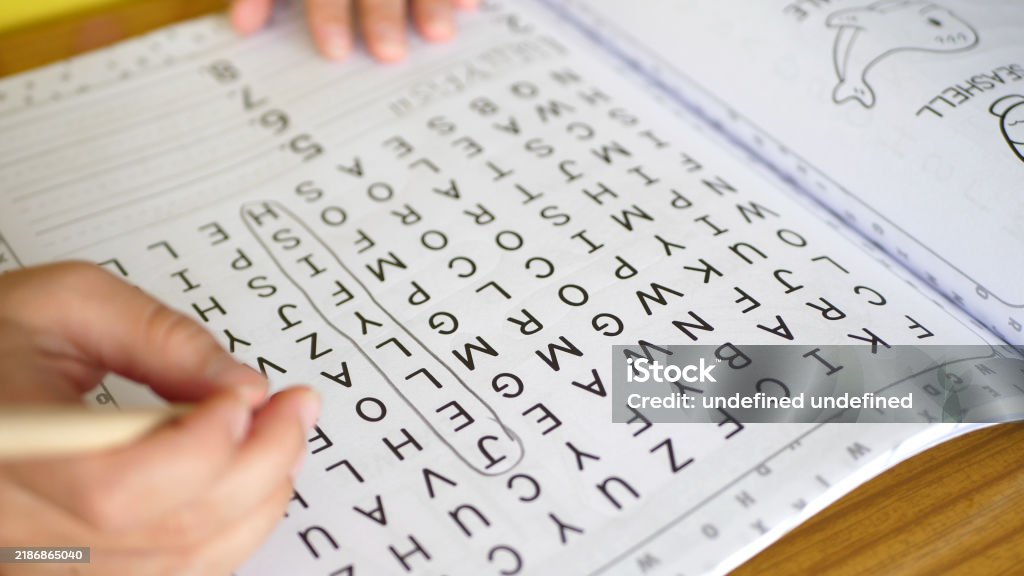Unleashing the Fun Side of Learning: A Whimsical Guide to Educational Games
Categories: <span class="tdbentrycategory”>Education <span class="tdbentrycategory”>Games <span class="tdbentrycategory”>General
Why We’re Checking Out EdTech Like It’s a Party
If you’re scratching your head wondering why so many parents, teachers, and even kiosks in grocery stores are suddenly obsessed with educational games, here’s the low‑down:
- Gamification is Life, not a fad. It turns dull lectures into thrilling quests.
- Learning = Loot. Kids collect knowledge points like they’re pulling badges from a digital chest.
- Fun is the Ultimate Funnel. People join a game, get hooked, and inadvertently learn something valuable.
From Classroom to Couch: How Games Hack Traditional Learning
Picture this: a classroom where the teacher gets bored but the students are on their feet, critics who are guessing the next word in a spelling game, and a teacher who can’t get a moment of rest because the game’s AI keeps crafting tricky puzzles.
- Level‑Up Lessons. Every chapter gets a difficulty level, so learning feels like a video‑game progression.
- Instant Feedback. No more “you didn’t get it” moments—numbers and a chart appear faster than you can say “bananas.”
- Social Interaction. Teachers can assign quests that let kids compete in real time—think a friendly competition for the most well‑run word spree.
Real Life Example: The Elementary “Word Quest” Project
At Greenwood Elementary, the new “Word Quest” app turned the word wall into a board game. Every student could see their real‑time progress on a wall-sized screen. The app’s clever algorithm nudges them to challenge friends or revisit tricky words—like a game of chess but with letters.
Key Takeaways for Parents & Educators
1. Set Boundaries – Even the best games can become an addiction if there’s no timer.
2. Keep the Content Relevant – Aligning the game’s themes with the curriculum keeps the learning purposeful.
3. Celebrate Every Victory – Reward students for milestones to maintain enthusiasm and morale.
Conclusion: Turn Learning Into a Playground
If you can convince your child to put on game controls instead of a worksheet, you’ve unlocked a new playing field that keeps them engaged while minds expand. EdTech isn’t a mere afterthought; it’s a playful vehicle that can drive academic success while sprinkling a bit of fun on the journey. So next time you think of a learning tool, ask yourself: “Can this be a game?” The answer is usually a resounding yes!
Word Search Puzzles for Adults: A Relaxing Yet Stimulating Brain Activity
Word Search Wonders for the Grown‑Ups
Remember those sticky note grids your kids begged you to solve? Turns out they’re more than just nostalgic flashbacks – they’re a brain‑boosting, stress‑relieving, social‑happening that can keep your grey matter sharp. Grab a pencil (or a fancy app), and let’s dive into why adult word searches should be your new go‑to pastime.
What Makes a Word Search?
A classic word search is just a tidy square of letters with a secret list of words hiding in all directions: horizontally, vertically, diagonally, and sometimes even backward. Your job? Spot them all. The twist? Many puzzles come with fun themes – from sports to dinosaurs, history to famous book titles – adding an extra layer of excitement.
Why It Works for Anyone
- It’s simple: no special knowledge or skills required.
- It’s accessible: anyone, anytime.
- It’s a mental workout that’s actually enjoyable.
Brain‑Boosting Benefits
- Pattern Recognition & Memory: Your brain gets the exercise it wants, spotting patterns, recalling letters, and connecting dots.
- Attention & Problem‑Solving: Kids love it, once they grow older…it’s still a killer way to sharpen focus and tackle puzzles.
- Age‑Related Care: Regular play backs the risk of dementia and slows the brain’s aging!
Stress Relief on a Pinch of Fun
Got a Monday that feels like running a marathon? Switch to a word search. Keep your mind on a single tidy task, and watch the sticky worries slide away. It’s like a quick meditation session – no chanting, just looking for words. Plus, you’re unplugged from a world of glowing screens.
Can You Share It With Your Squad?
Word searches aren’t only solo missions. They’re perfect for family game nights or friendly competitions. Zeroes in on teamwork and a little healthy rivalry – maybe you’ll end up earning the laurels of “Word Master.”
Pro Tips for Mastering the Grid
- Start with Esoteric Letters: Find Q, X, or Z to create a map of rare spots. Those are the “hot spots” of word hunts.
- Scan for Prefixes: Words like un, ing or ly often help you parallel match.
- Keep a Routine: Work from one corner to the opposite, crossing each row, column, and diagonal. A method keeps you honest!
- Take the Break: If feelings grow uneasy or frustration climbs, step back for a pic‑n‑laugh. This fresh‑eyes hack recycles your brain.
Where to Find Word Searches?
There are books full of adult‑grade grids, websites with free puzzles, and apps with daily challenges that let you score against friends or just boost your personal stash. From simple PDF downloads to full apps with customizable themes, your next ladder of fun is just a click away.
In a Nutshell: Keeps the Mind Sharp, the Stress Low, and the Mood High
Word search puzzles are a triple‑threat: they exercise the brain, calm the mind, and serve as a social platform. Whether you’re a pro or a rookie, you can pick up a puzzle in your leisure hour and power up your life. Grab that grid and get started – your brain will thank you, and you’ll get to enjoy a silly little brain‑teaser that’s as effective as it is entertaining.




